In today’s constantly evolving technological landscape, Artificial Intelligence (AI) has emerged as a phenomenal tool, often leading to discussions around its comparison to human intelligence and abilities.
According to a recent report, AI could replace the equivalent of 300 million full-time jobs. Another McKinsey report suggests that 400-800 million individuals globally could lose their jobs in the next 15 years due to AI or automation.
While these statistics clearly indicate that AI systems have transformed industries across the board, the question of how generative AI compares to the human experience and whether it will ever replace human intelligence has always existed.
In this post, we will explore this intriguing topic in more detail, including key AI capabilities, challenges in replicating human intelligence, and assessing various perspectives for and against the human-like capabilities of generative AI.
Capabilities of AI
The extensive use of AI today is the result of the massive amount of data that churns out every day, advanced algorithms, and improved computing powers.
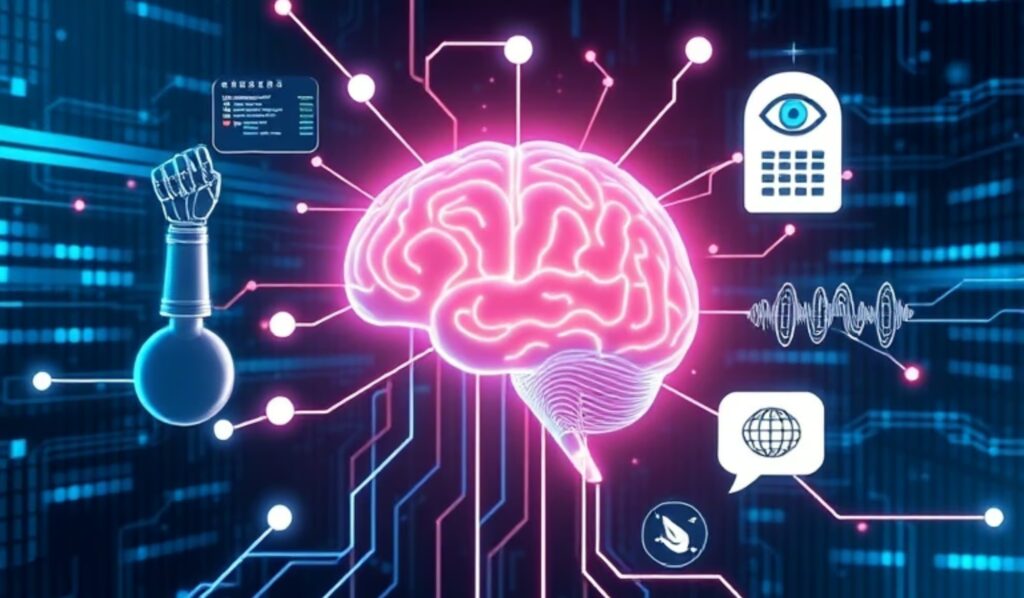
Let’s understand how machines perform these tasks with their distinctive AI capabilities:
1. Neural Network
A neural network is a network of interconnected units quite similar to human neurons that process massive amounts of information based on external inputs and accordingly transfer it between the units.
2. Machine Learning
Machine learning is one of the subsets of AI that allows applications to learn from data using mathematics and statistics.
3. Automated Regression Testing
Automated regression testing is an important aspect of software development, and yet it faces multiple challenges that can hinder effectiveness. AI and robotics allows you to make regression testing faster, more accurate, and cost-effective.
3. Natural Language Processing or NLP
Natural Language Processing (NLP) is one of the most advanced uses and capabilities of Artificial Intelligence. It allows machines to process, analyze, understand, and finally converse in a language similar to humans.
Challenges in Replicating Human Intelligence
While AI has excellent capabilities, as discussed above, it poses several challenges as well in replicating human intelligence. Among these are:
1. Lack of Emotional Intellect
Unlike human beings who possess the emotional intellect to show emotions, express feelings, etc., AI lacks emotional connection, and businesses cannot use it as a substitute for all their customer service.
2. Inability to Comprehend the Complexity of Human Language
One of the other significant challenges is AI’s inability to comprehend the complexity of human language. This is because AI relies on pre-programmed algorithms that are based on a limited set of rules, making it difficult for the system to understand the subtleties of language that humans can easily discern.
3. Adaptability
Adaptability is also a significant challenge for AI in replicating human intelligence. While machines can perform a range of different tasks with excellent precision, they still struggle to adapt to new situations or unexpected changes.
4. Lack of Empathy
Another significant limitation of AI is its lack of empathy and emotional intelligence. While machines can recognize and respond to basic emotions, such as happiness or anger, they cannot understand the more complex emotional nuances that underline human behavior.
Applications of AI in Testing and Automation
Despite having the limitations mentioned above, there are several applications of AI in testing and automation, robotic testing, etc., as discussed below:
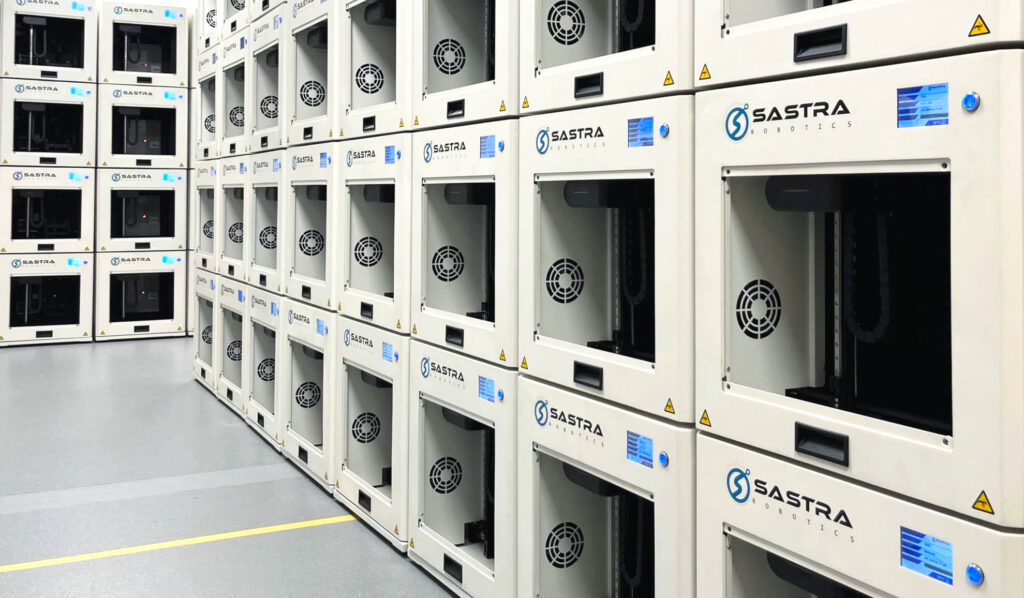
1. Mobile App Testing
Mobile app testing is an excellent robotic automation solution that empowers you to overcome various mobile testing hurdles and deliver exceptional mobile app experiences to users.
2. Robotic Device Testing Cloud Farms
Automated testing is gaining a lot of popularity as it helps to minimize the time and effort required for complex and repetitive testing tasks. With the help of robotic automated device farms, you can significantly improve the quality of your mobile applications by testing across multiple devices.
3. Replacing Time-consuming Tasks
By automating various mundane and repetitive tasks such as data gathering, analysis, and decision-making, AI eliminates all time-consuming, repetitive processes within organizations.
4. Test Creation
Using technologies such as natural language processing (NLP) and similar modeling techniques, AI eliminates the need for manual coding while offering better insights into code quality.
The Future of AI Technologies
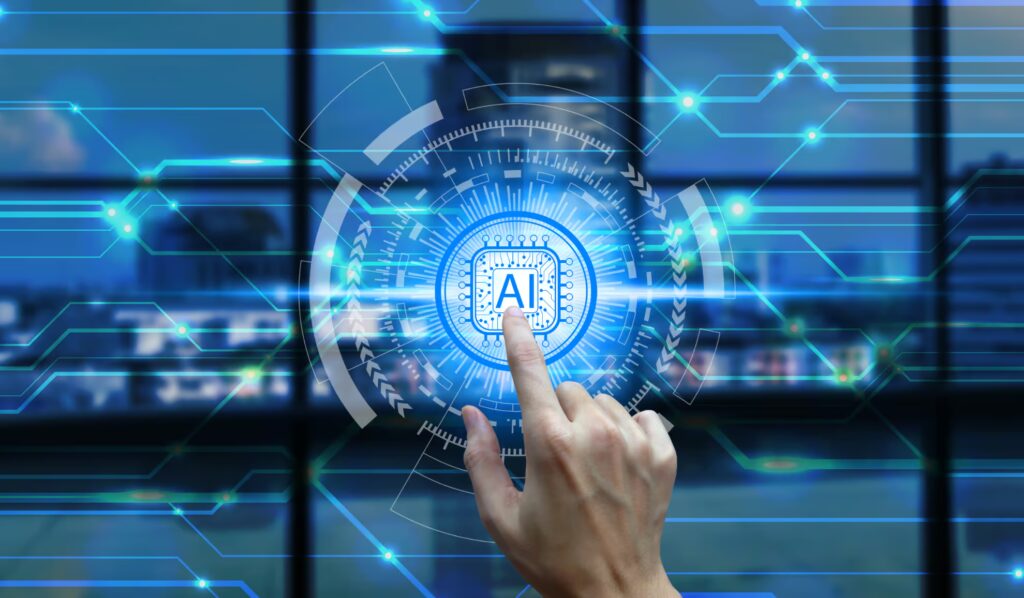
While artificial intelligence has advanced greatly in the last few years, it still has several limitations regarding its capabilities and tasks. One of the most significant limitations is its inability to replicate human emotions.
AI can simulate some emotions, but it does not understand them in a similar way to humans. This lack of understanding means that AI will never be able to replicate human intelligence fully. While AI has made significant progress in the last few years, it still falls short of thinking creatively, adapting to new situations, understanding language, and understanding emotions.
One area where AI can be used best is by using Artificial Intelligence with robotics to make the most out of collaboration between humans and machines. Through solutions like QUACO PRO from SGBI, you can automate tasks and empower developers to focus more on innovation while robots handle time-consuming, mundane work.
To know more about QUACO and other solutions, Contact us today.

